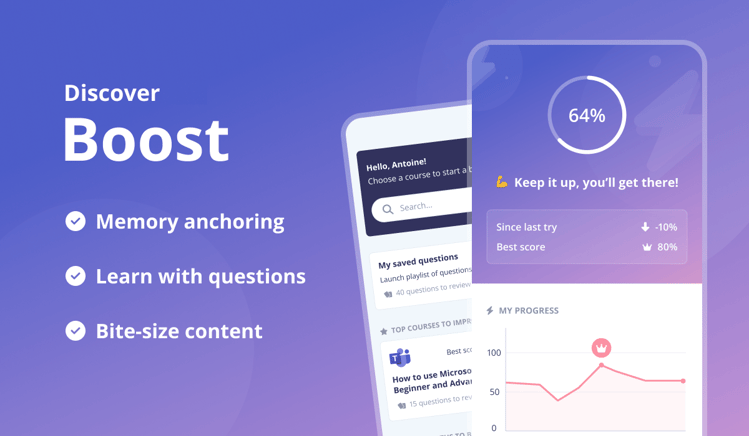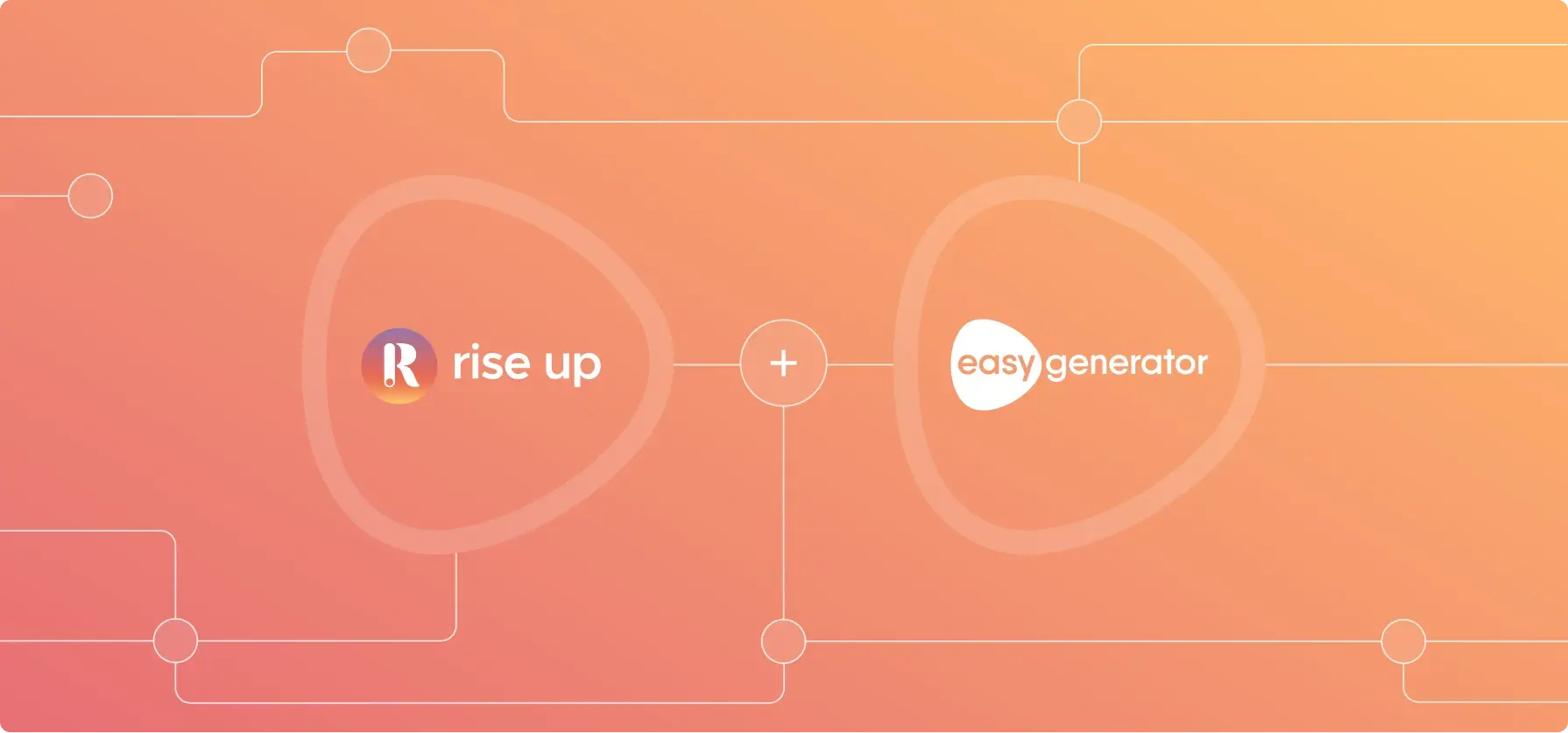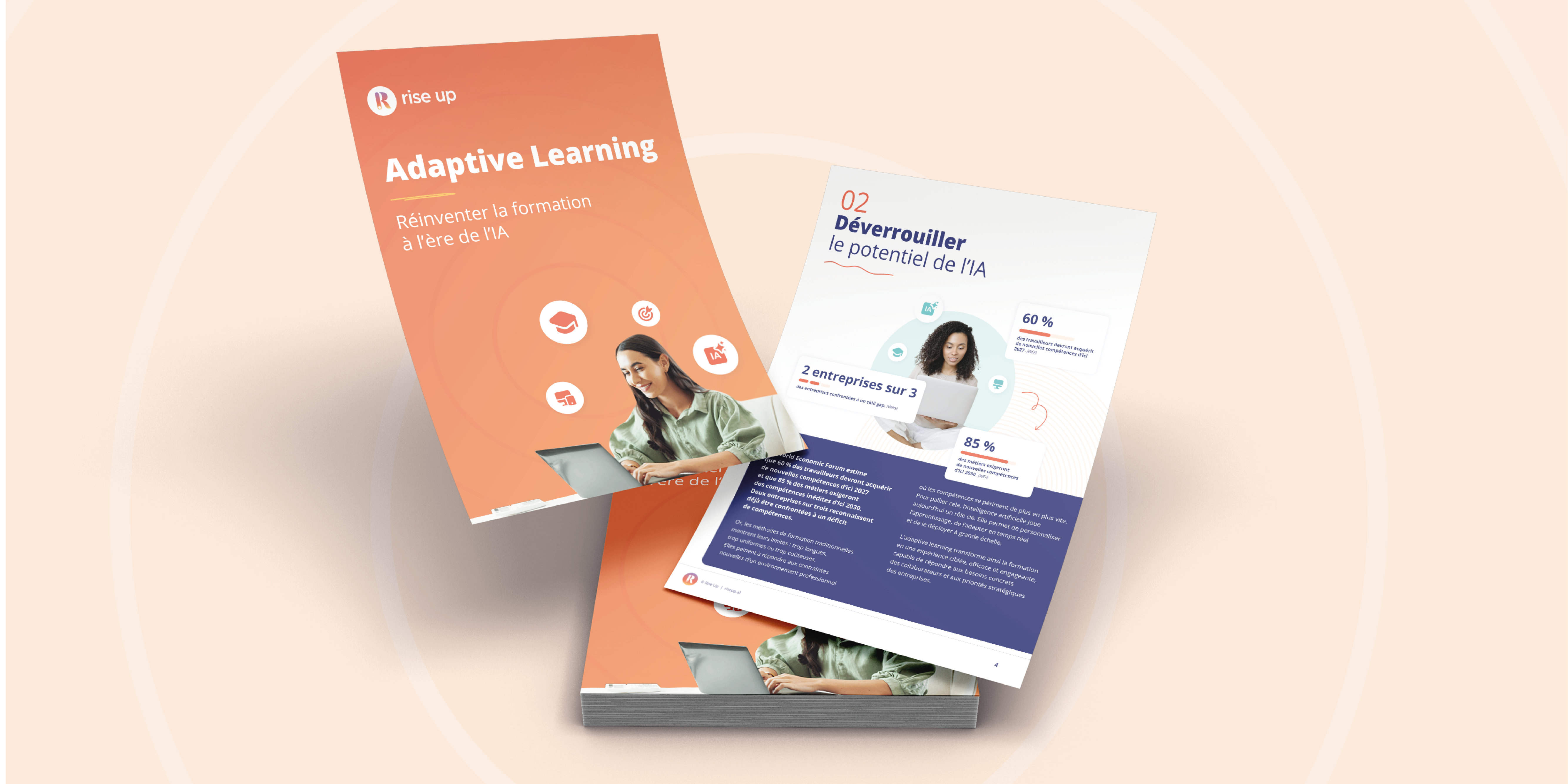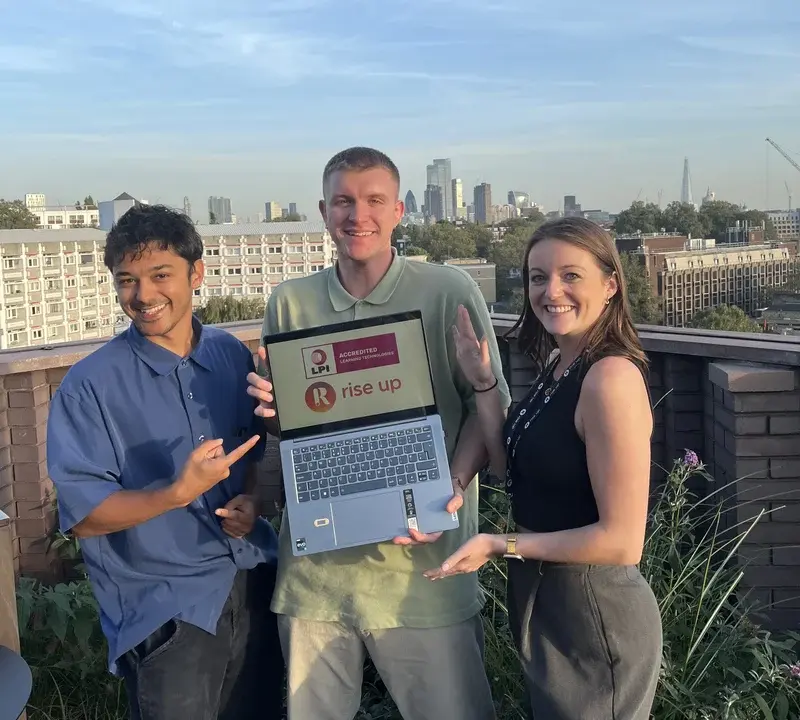The use of memory anchoring for lasting memorization
7 minutes of reading | 2023-03-04
One of the main challenges of corporate training is creating relevant and engaging learning paths, and ensuring that learners retain the information in the long term. This is not only for compliance reasons but also to give your employees the tools to perform better on a daily basis.
But how do you maintain knowledge over time and guarantee the effectiveness of the training given?
The term "memory anchoring" has been widely used in e-learning to designate a technical approach to memorization based on neuroscience and new mobile uses.
In this article, we will review the study of memory and its links with neuroscience to understand the processes that facilitate memory anchoring. We will then present the functionalities developed in our mobile application to support knowledge retention among your employees.
The study of memory
According to James L. McGaugh's article Consolidating Memories in the Annual Review of Psychology, in the 1800s, memories are formed and stored in the brain. However, only in the last half-century has neuroscience begun to provide some understanding of the brain systems that underpin our ability to learn and remember.
Focus on neurosciences
Neuroscience refers to all the sciences and disciplines that study the nervous system: knowledge of the nervous system, its functioning, and the phenomena that emerge from this functioning. The disciplines making up this group are multiple and include, for example, biology, linguistics, genetics, physiology, cognitive sciences, and many other disciplines. Desseilles, M. (2015).

In addition, neurosciences are often presented in terms of cognitive neuroscience, especially work using brain imaging: some applications of cognitive neuroscience can be used in economics, finance, marketing, law, artificial intelligence, and adult education.
Neurosciences and memory
Neuroscientists from Stanislas Dehaene to Scott H Young agree on three key practices to optimize long-term memorization and memory anchoring: repetition, consolidation, and testing of knowledge.
Repetition
Thanks to the pioneering studies of the famous psychologist Hermann Ebbinghaus, who looked at the progression of forgetting in the 19th century, we learned that memory is strengthened by repeating experiences. He discovered that we forget the learned information in an exponentially decreasing manner: generally, more than half of the memorized information is lost after only two days, and if the information is not repeated within three months of training, 90% of it is forgotten. It should be noted that the exact shape of the forgetting curve is individual and depends on many factors related to the content studied: the ease, difficulty or interest of the material, for example.
One thing is certain: to counteract this forgetting curve, it is essential to repeat, repeat again and use the knowledge learned in the context in which it will be used. With each repetition, new links are added or affirmed, and finally, the data remains engraved more or less deeply.
Consolidation and spacing
Closely related to the concept of repetition and crucial for memory anchoring, the consolidation and spacing phase allows us to anchor the information learned during sleep. Indeed, it is assumed that during the deepest stages of sleep, our brain will store and sort the information acquired during the day. For this reason, neuroscientists advise spacing out learning times over several days rather than cramming them into a single session.
In addition, spacing provides more opportunities to associate study material with more states and contexts, making retrieving the material easier.
Most importantly, spacing effectively tells your brain that forgetting is occurring - a crucial signal not available if you study for several hours in a single session. The forgetting signal has been found to encourage more effective encoding strategies in learners automatically.
However, Scott H. Young, in his article, refers to the results of a study that suggested that intensive learning would work better in some cases of language learning than spaced learning. As hypotheses for these results, he cites:
- The complexity of learning a language
- That the spacing between different elements is independent of intensive classes
- That intensive classes are more engaging for students
- That the assessments for the study were done too early
Thus, many important factors can play a role in memory anchoring and it is important to analyze one's needs, context, and results to optimize the training given.
Testing knowledge
The last key to optimizing memorization is that of testing acquired knowledge. This formative assessment is at the heart of learning since it involves giving the learner the means to assess their own knowledge and abilities in various possible ways: by comparing his or her answers with the solution, by analyzing their own results, by positioning themselves on an assessment grid, by comparing their work with another, by collaborating with a peer, etc.
When the testing of knowledge is followed by direct feedback, it allows the learner to correct the mental image of the solution in their brain. This helps to promote memory anchoring.

But how can we take the time to revise at our frantic pace?
To counteract the phenomenon of the forgetting curve mentioned earlier, it is necessary to create reminders that adapt to the loss of information by learners. In the beginning, when information retention drops sharply, frequent reminders are needed. Then, as attrition slows down, we gradually space out our reminders over time. Instead of doing these reminders every two days, we do them every two weeks, then every month, until we have completely memorized the information and these reminders become unnecessary.
But how can we integrate these repetitions and learning phases into the daily lives of employees with huge workloads? Two strategies, also associated with memory anchoring, are to be taken into account:
Microlearning
Microlearning refers to a set of relatively small and targeted learning units and activities, which are usually completed in a short time of 10 minutes and are accessible on several devices.
In microlearning, learning content can be accessed as frequently as possible without time and space constraints. Microlearning provides small snippets of information that mimic how the learner's brain receives information, and the short duration of microlearning content reduces the cognitive fatigue resulting from longer lessons.
The main media where microlearning is observed are chatbots, email or sms, LXP, and mobile learning.
Boost, developed by Rise Up
Based on these learnings, the Rise Up team decided to support memorization through mobile use and the new boost functionality.
Available on our mobile application, Boost allows employees to review quiz questions to repeat the notions learned during training. This is to encourage memorization and ensure that your employees maintain their knowledge over time, for certification purposes or not, but also to allow them to prepare for upcoming assessments.
How does it work in practice?
- We suggest to the learner the training courses that they want to revise.
- After choosing the course to revise, the learner selects the amount of time they have: 5, 10, or 15 minutes.
- The algorithm then selects a mix of questions to present to the learner.
- The learner starts to boost and receives immediate feedback after answering each question.
- The learner can check their results, compare them and follow the evolution of their learning.

Through Rise Up's Boost, we want to allow the learner to be an actor in his learning by managing his revision needs.
In addition, Boost offers a complementary pedagogical style to the course quizzes: learners can revise independently and review the answers and explanations to the quizzes without the designer needing to take more time to make other types of content.
Finally, through this new functionality, we aim to create learning habits for learners and thus give you the first bricks to build the foundations of a good learning culture.






